Roll up! It‘s the Faro Modernist Weekend’s inaugural edition
Faro Modernist Weekend, a festival dedicated to midcentury architectural delights in Portugal’s Algarve, has just launched its first iteration

The inaugural Faro Modernist Weekend culminated with a celebrational dinner on 13 November at the Manuel Gomes da Costa-designed Aeromar Hotel on Faro Beach. Three Portuguese architects, Inês Almeida, Luis Fonseca, and Sara Natária, found themselves seated at the same table. They had met 20 years earlier at the Porto School of Architecture – where Pritzker Prize-winning Álvaro Siza and Eduardo Souto de Moura are prominent alumni – and were now reunited at the feast in Portugal's Algarve region.
They were joined by more than 60 attendees from all over Europe (and a few from the United States) for a three-day celebration of Faro’s modernist architecture, offering several walking tours and open houses. Most of the attendees were architects searching for inspiration – and projects.
Experience the Faro Modernist Weekend
The offerings include the atmospheric Hotel Aeromar – it's like a 1970s beach house conceived by David Lynch, with the area’s most prolific modernist architect, Manuel Gomes da Costa, attached to it. The suggestion that it would be a dream project for the likes of the Ace Hotel group prompted Almeida to look at Natária and playfully say: ‘She’s already calling investors.’
Wife-and-husband team Almeida and Fonseca are building a townhouse in neighbouring Alvor, and borrowing from a cooling technique that enhances many of the buildings we see on the walking tours: cobogós. These patterned concrete bricks create screens that protect from the sunlight and heat – abundant sunshine and a dearth of rainfall are the weather cycle here – and were on dazzling display during Faro Modernist Weekend. More examples include the Blue Tropical Building on Avenida 5 de Outubro, one of the city’s largest residential buildings in the early 1970s.
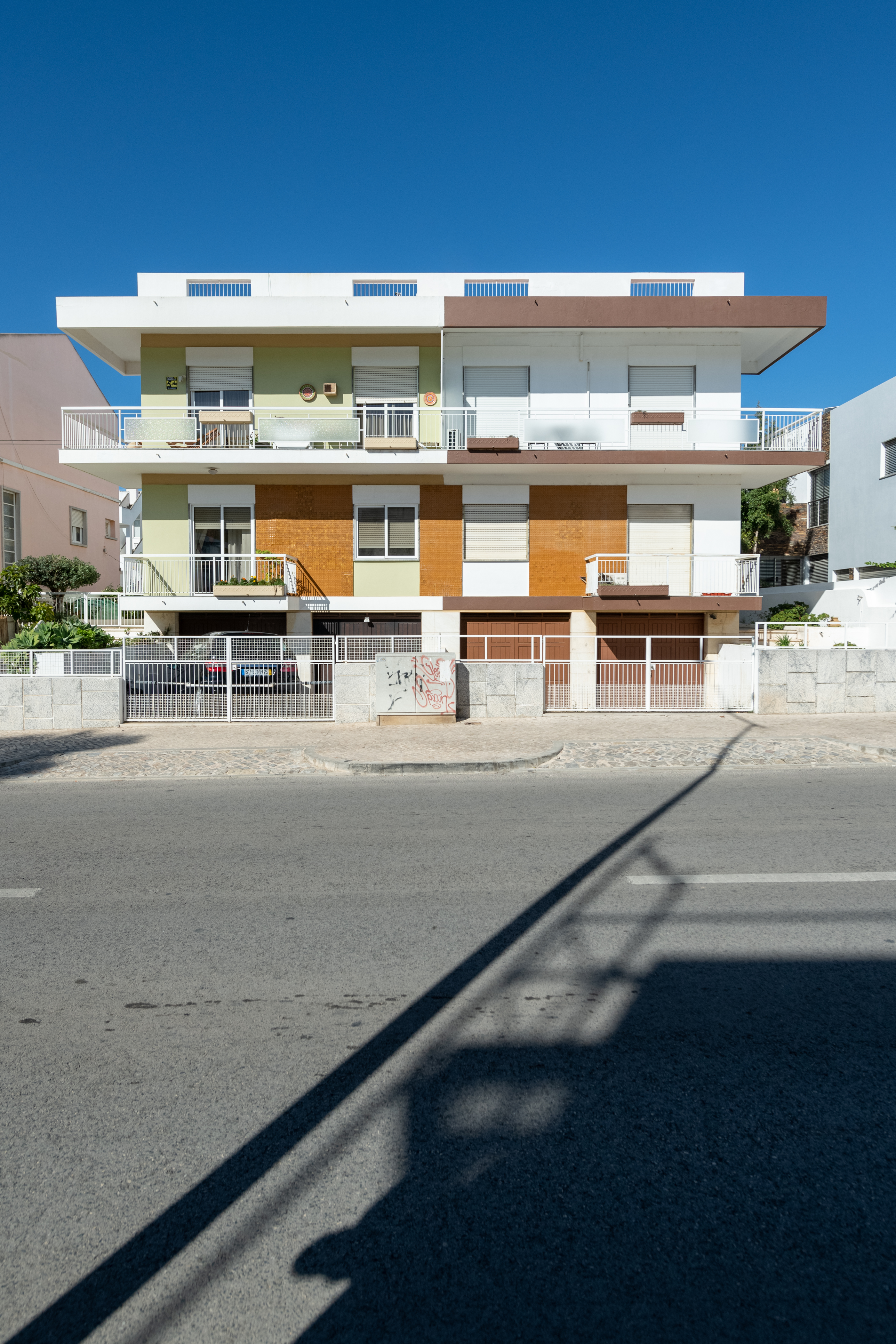
Modernist structure seen during Faro Modernist Weekend walking tour
Cobogós join Faro’s impressive display of other natural cooling methods, from designing the home around its orientation to the sun to using pilotis to extend the façade over the sidewalk and create shade, and second-skin façades.
'Manuel Gomes da Costa used to say: I am not a modernist; I’m a regionalist. Maybe you are a modernist when you graduate from a Le Corbusier school. Still, after that, you customise your projects to the place,’ says Christophe de Oliveira during one of the walking tours in front of Gomes da Costa’s private home (which resembles a Le Corbusier vision, but with palm trees). De Oliveira and his wife, Angelique de Olveira, founded Faro Modernist Weekend as a way to draw attention to the city’s collection of modernist architecture.
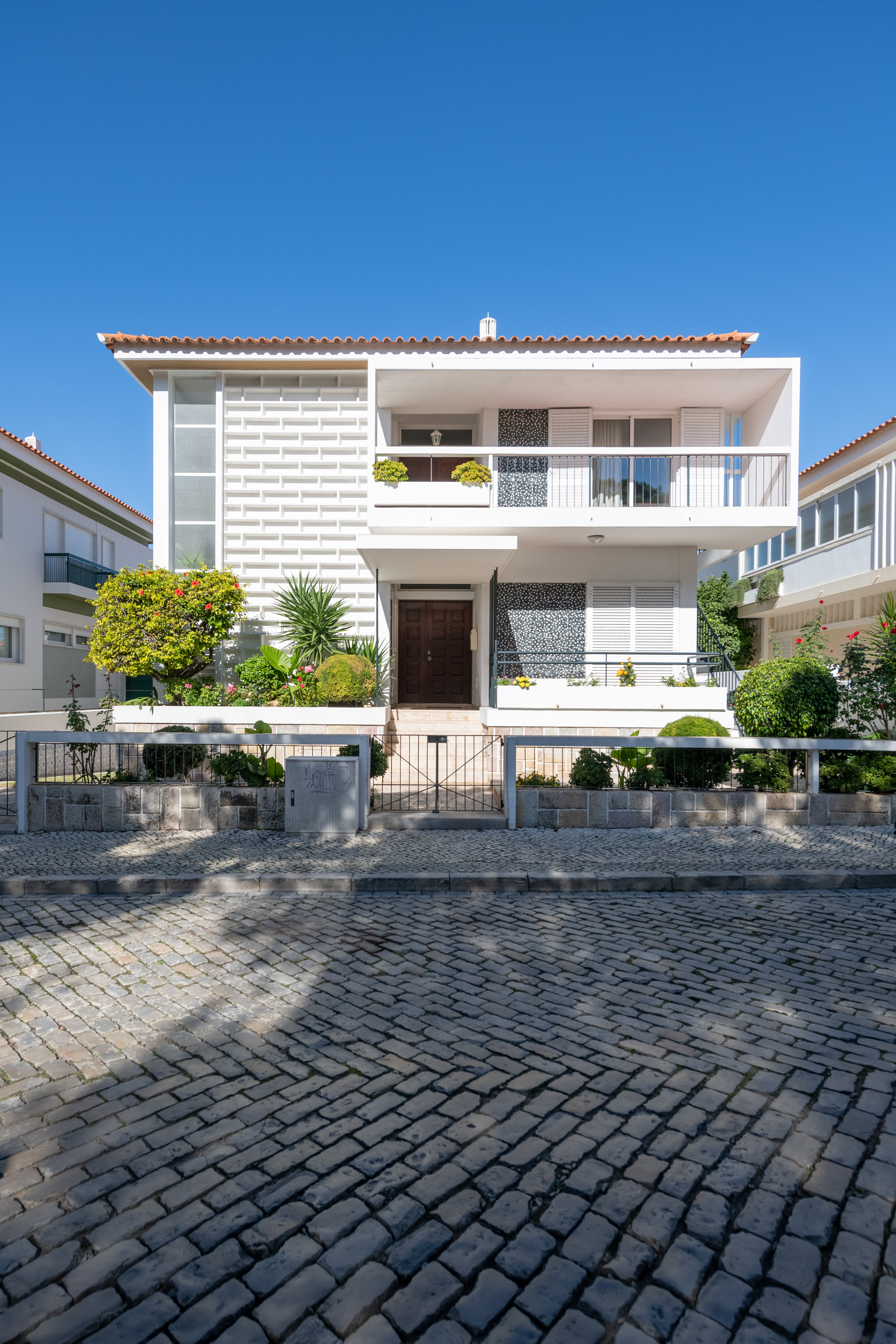
Gomes da Costa designed about 300 buildings in the area, adapting and perfecting techniques to the local conditions. He created Z-shaped stairs to prevent people from hitting their toes while stepping up, and he only worked in the afternoons (the mornings were reserved for his meditation and karate practices).
Receive our daily digest of inspiration, escapism and design stories from around the world direct to your inbox.
On the second night of the weekend, the British artist Richard Walker stood before a collection of his paintings inspired by Faro’s modernist architecture; many are abstractions akin to Diebenkorn’s Ocean Park series. 'We must return to the past before we can move forward,' he said. It’s a pertinent thought, especially as architects look to buildings that use less air-conditioning, electricity, and heat to combat the effects of climate change.
The next night, at the final dinner, Almeida and Fonseca talked about their years working in Oslo and moving their firm, A-lab, to the Algarve. They’d like to use what they learned there in their new projects in Faro, such as prioritising wellbeing. Norwegian koselig meets Portuguese modernism: sounds wonderful.
FARO MODERNIST WEEK HIGHLIGHTS
The Modernist
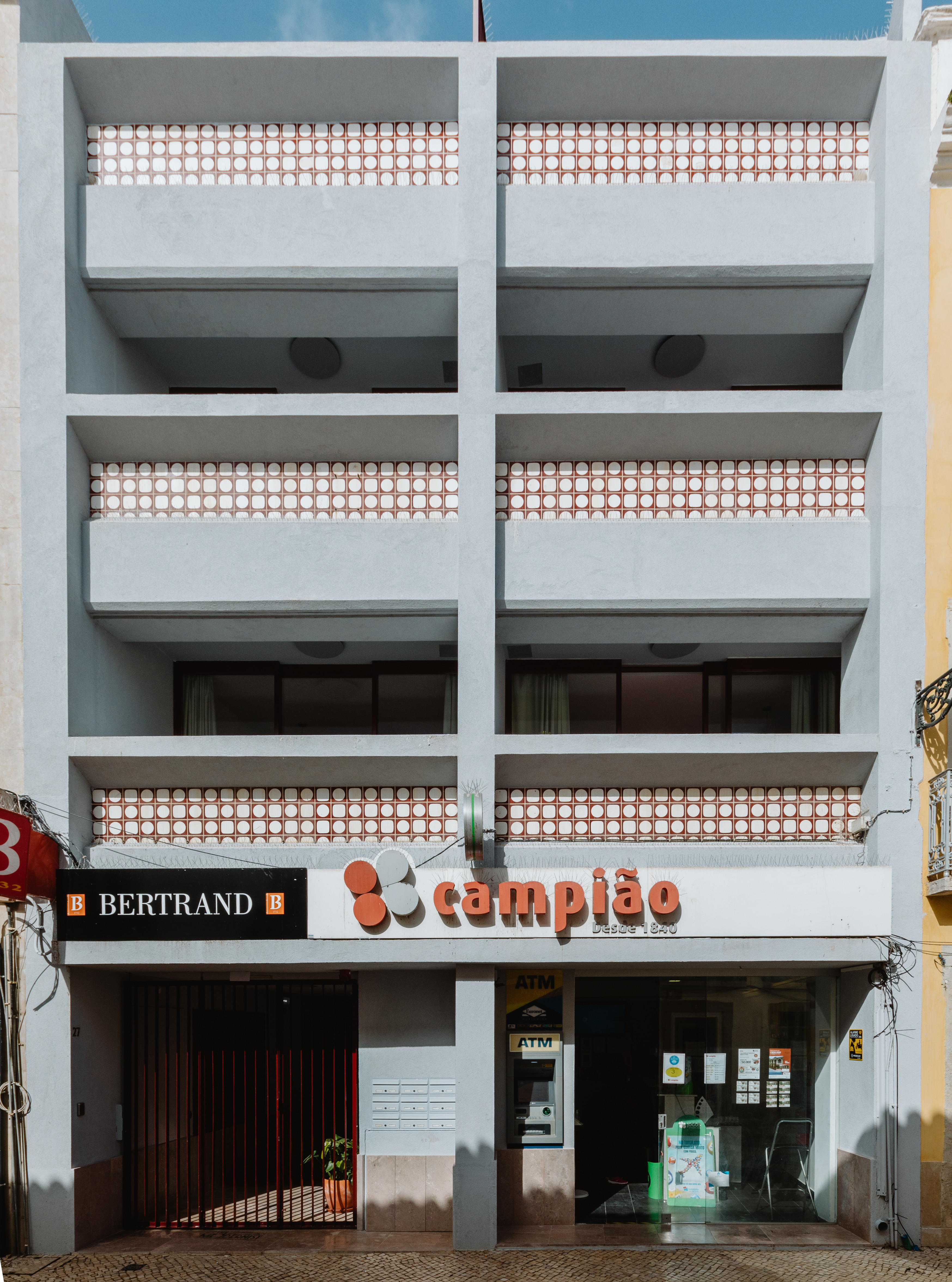
Built in the early 1970s by architect Joel Santana, this hotel was recently renovated by PAr. Geometric lines, a green marble block containing a stove, sink and storage, and Alvar Aalto-esque functional touches play nicely with a grassy central courtyard.
Edifício Tridente
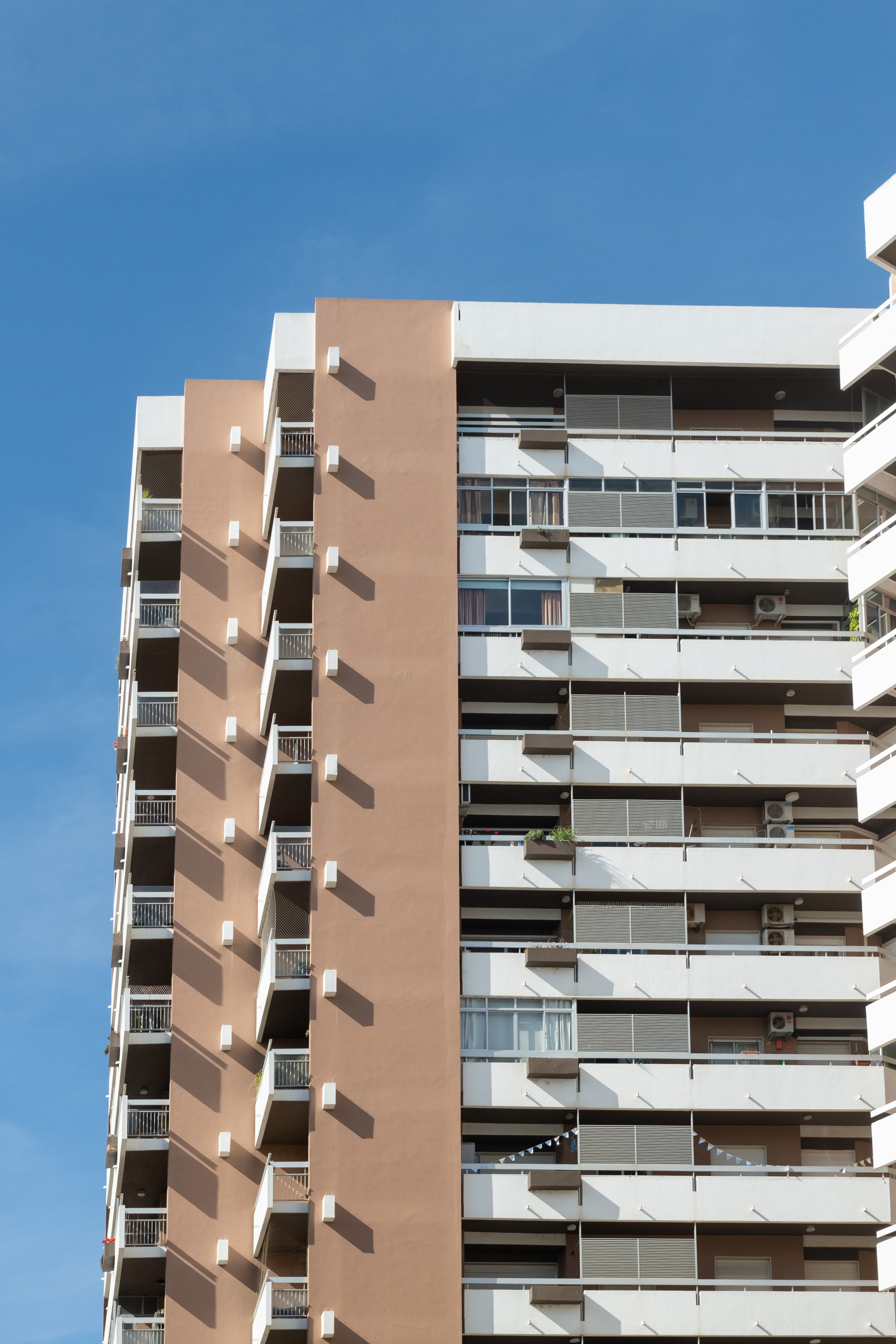
Manuel Gomes da Costa completed this South Modernist building in 1979. It remains a sprawling icon of the Faro skyline, and is an excellent example of the trend of large, multi-use buildings built across Europe and the USA in the 1960s and 1970s.
Rio de Janeiro

A wealthy Algarvian emigrant from Rio de Janeiro commissioned this building, desiring a building reminiscent of his home city, with Copacabana-style floor tiles, sandy parapet and a sunshine-coloured façade.
Casa Milagro
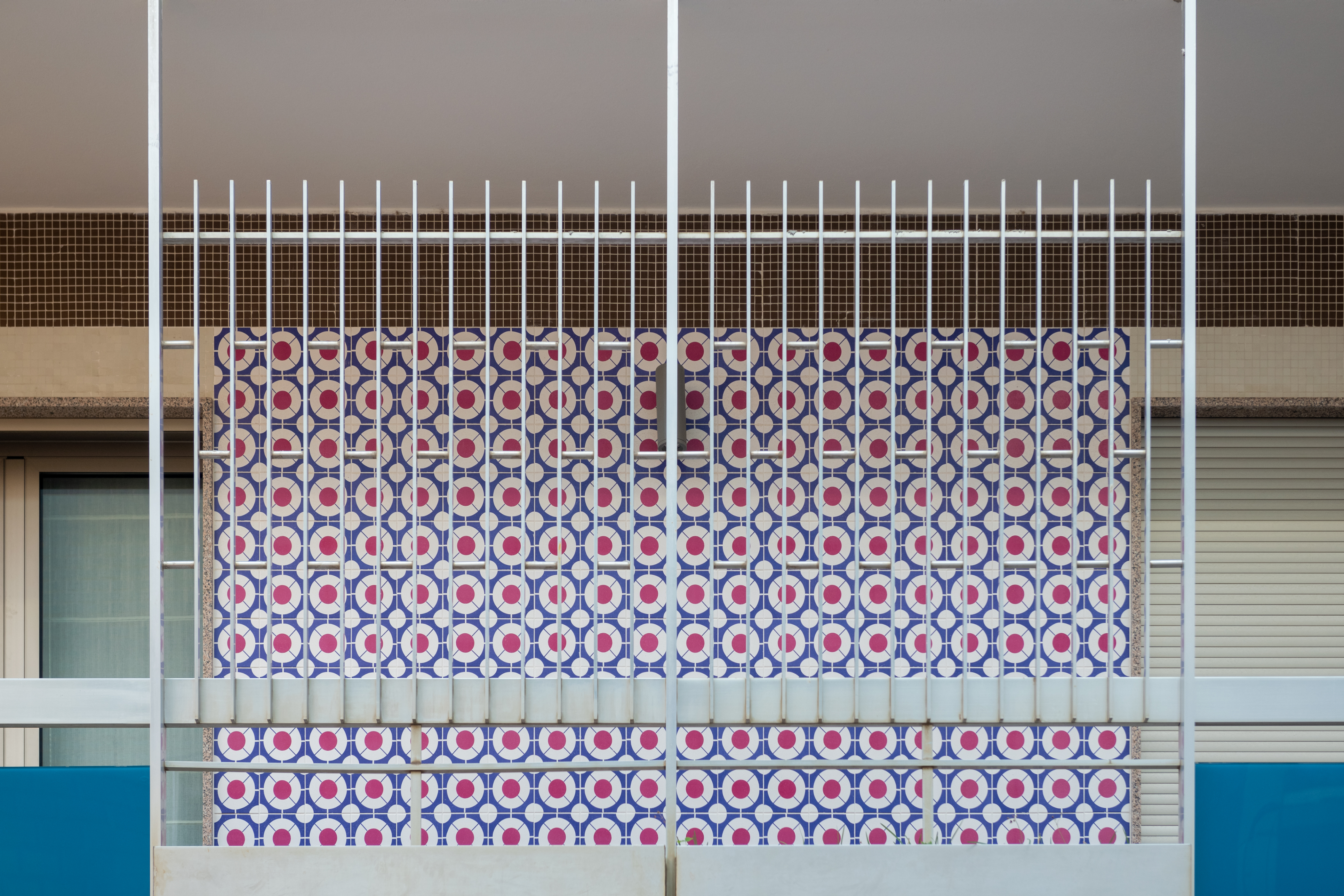
The first house designed by Manuel Gomes da Costa in Faro, it was rejected initially for its unusual design. Gomes da Costa created original azulejos (hand-painted Portuguese tiles) in each of his projects.
Manuel Gomes da Costa Atelier and House
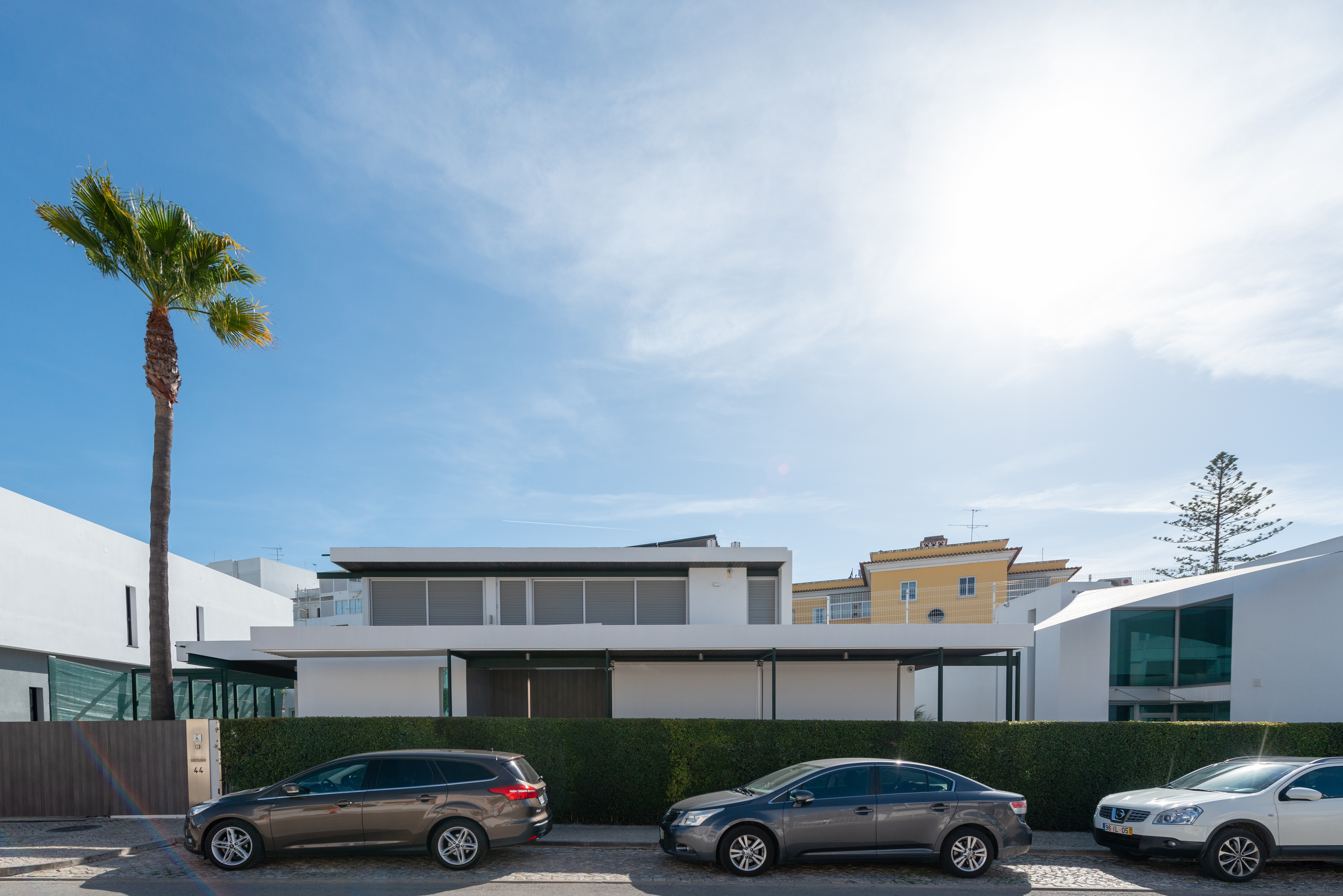
Of the prolific architect’s home, author Ricardo Agarez said: 'He wanted here to mix the peace of a Japanese garden and a minimalism inspired of Mies Van der Rohe.'
Stacy Suaya is a Los Angeles-based writer focusing on design, architecture, and travel. Her stories have appeared in New York Times Styles, New York Times T Magazine, New York Magazine, Architectural Digest, Los Angeles Times, and more.
-
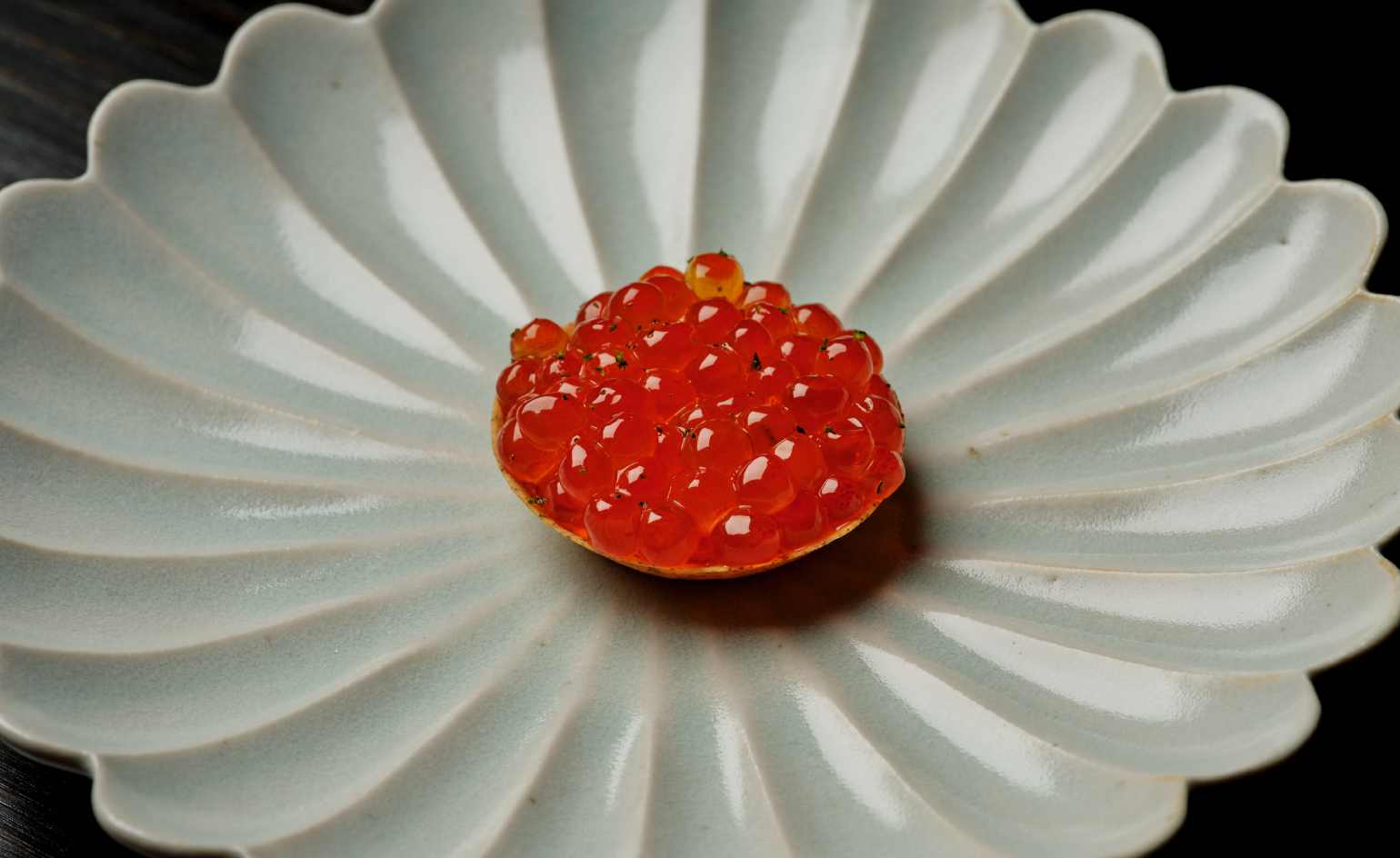 This cult Los Angeles pop-up restaurant now has a permanent address
This cult Los Angeles pop-up restaurant now has a permanent addressChef Brian Baik’s Corridor 109 makes its permanent debut in Melrose Hill. No surprise, it's now one of the hardest tables in town to book
-
 French bistro restaurant Maset channels the ease of the Mediterranean in London
French bistro restaurant Maset channels the ease of the Mediterranean in LondonThis Marylebone restaurant is shaped by the coastal flavours, materials and rhythms of southern France
-
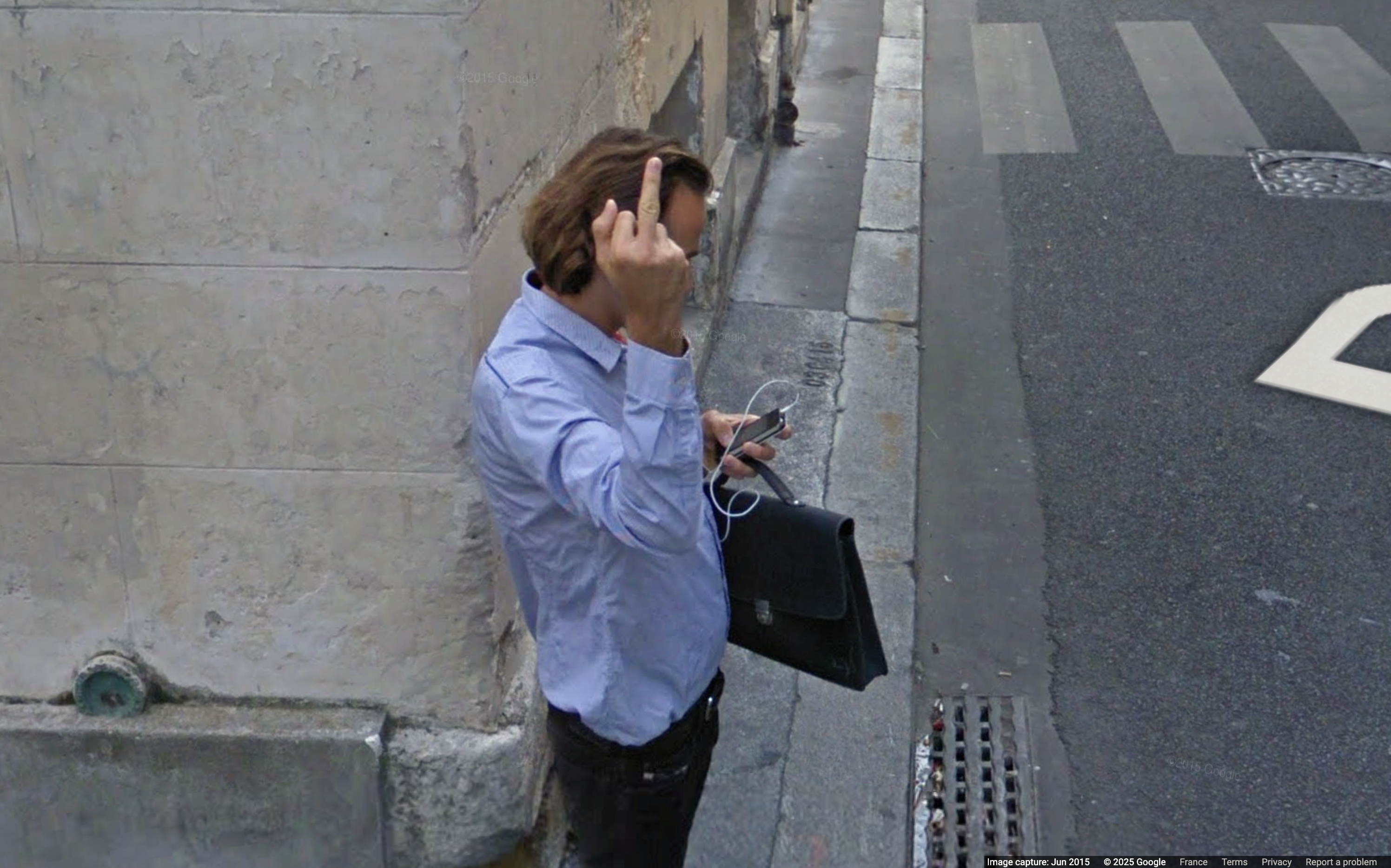 How ethical is Google Street View, asks Jon Rafman in Copenhagen
How ethical is Google Street View, asks Jon Rafman in CopenhagenIn 'Report a Concern - the Nine Eyes Archives' at Louisiana Museum of Art, Copenhagen, Jon Rafman considers technology's existential implications
-
 The Architecture Edit: Wallpaper’s houses of the month
The Architecture Edit: Wallpaper’s houses of the monthFrom wineries-turned-music studios to fire-resistant holiday homes, these are the properties that have most impressed the Wallpaper* editors this month
-
 This modernist home, designed by a disciple of Le Corbusier, is on the market
This modernist home, designed by a disciple of Le Corbusier, is on the marketAndré Wogenscky was a long-time collaborator and chief assistant of Le Corbusier; he built this home, a case study for post-war modernism, in 1957
-
 Soothing and symmetrical, this Portuguese house is a minimalist haven for two musicians
Soothing and symmetrical, this Portuguese house is a minimalist haven for two musiciansA Portuguese house near Lisbon, built on the ruins of an old winery, Quinta do Álamo by Atelier Matteo Arnone has symmetry at its heart
-
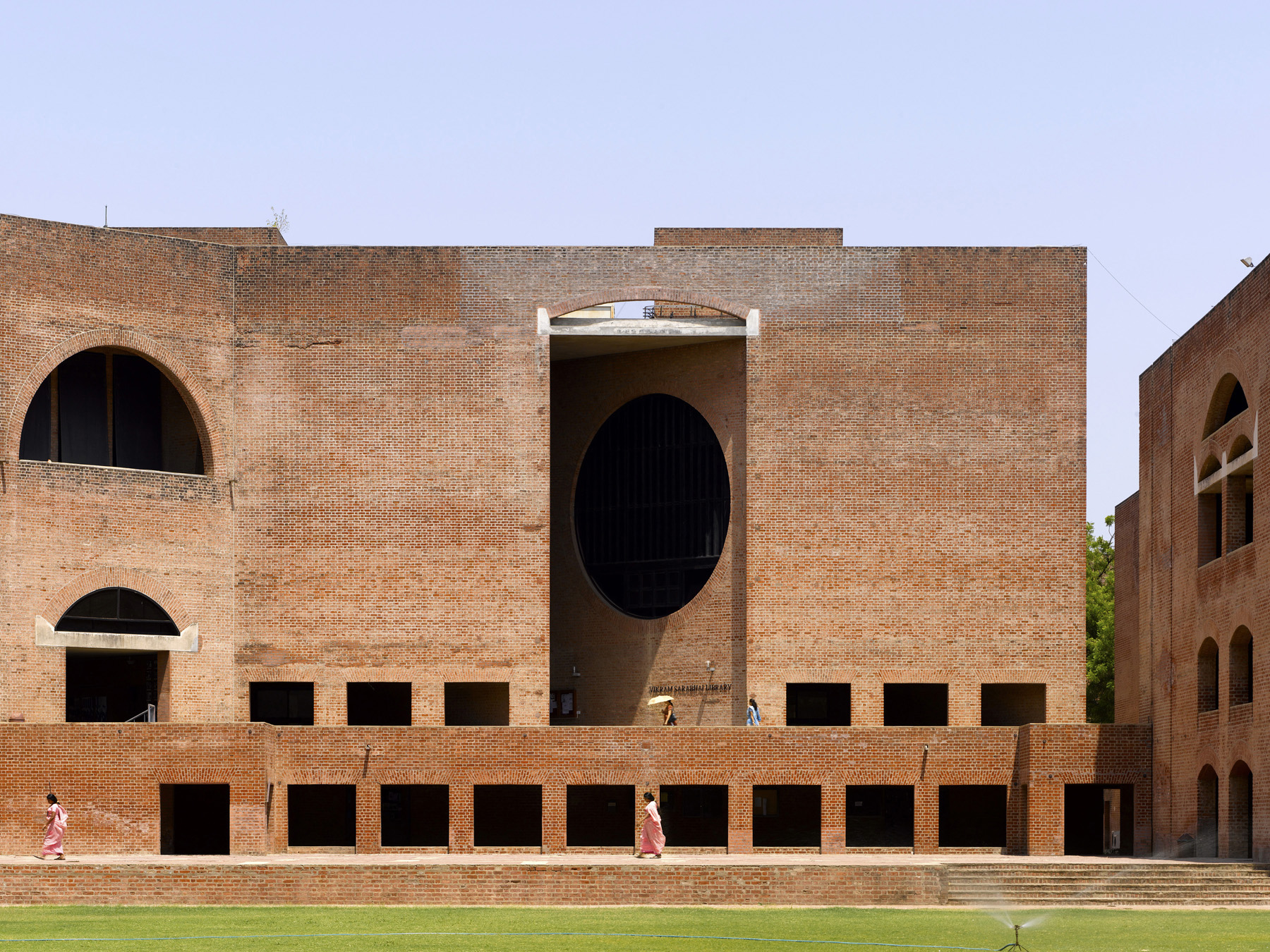 Louis Kahn, the modernist architect and the man behind the myth
Louis Kahn, the modernist architect and the man behind the mythWe chart the life and work of Louis Kahn, one of the 20th century’s most prominent modernists and a revered professional; yet his personal life meant he was also an architectural enigma
-
 The Architecture Edit: Wallpaper’s houses of the month
The Architecture Edit: Wallpaper’s houses of the monthFrom Malibu beach pads to cosy cabins blanketed in snow, Wallpaper* has featured some incredible homes this month. We profile our favourites below
-
 2025 Lisbon Architecture Triennale ponders the (literal and figurative) weight of humanity
2025 Lisbon Architecture Triennale ponders the (literal and figurative) weight of humanityJoin us on a tour of the 2025 Lisbon Architecture Triennale, exploring the question ‘How Heavy is the City?’ and our impact on the planet
-
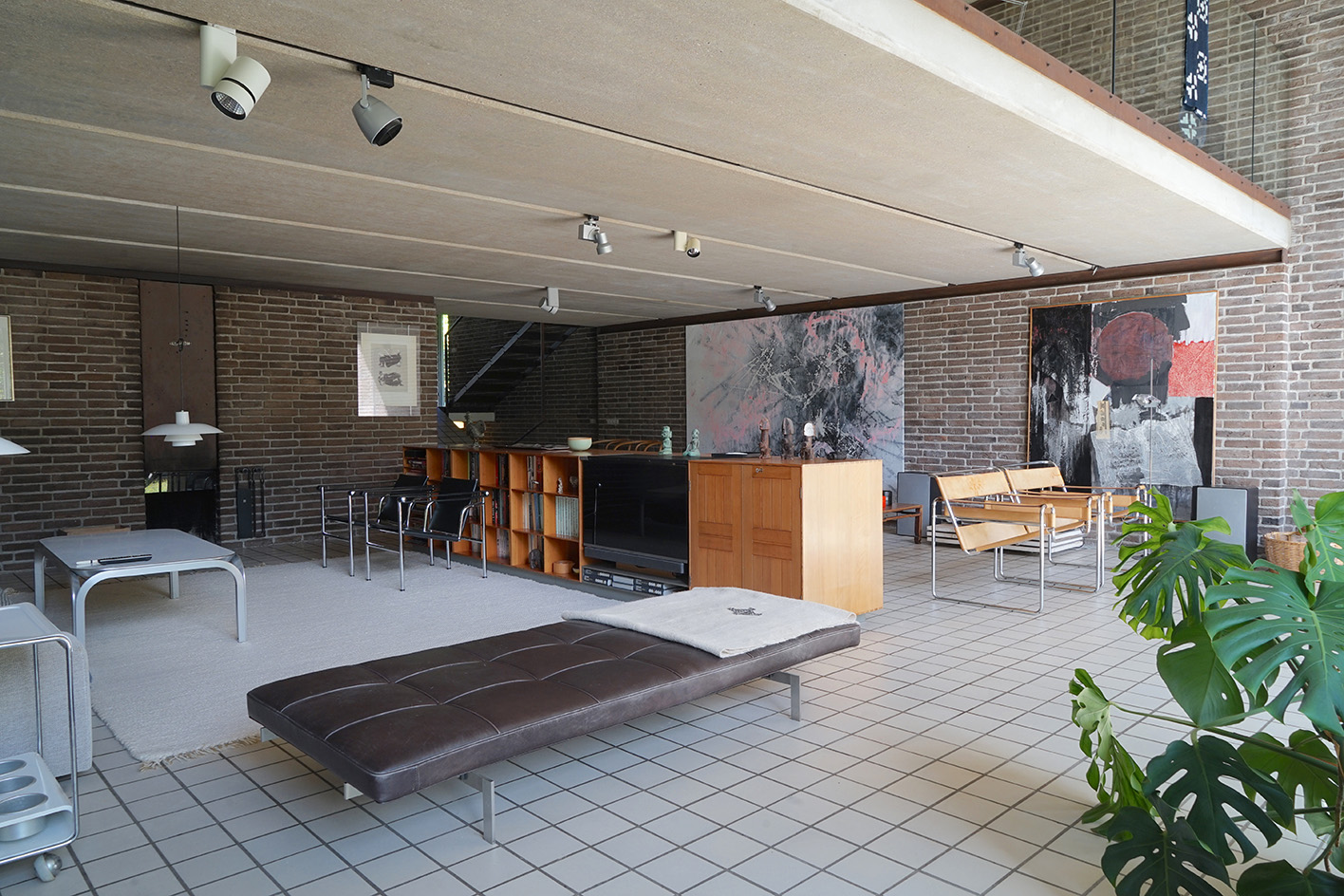 Three lesser-known Danish modernist houses track the country’s 20th-century architecture
Three lesser-known Danish modernist houses track the country’s 20th-century architectureWe visit three Danish modernist houses with writer, curator and architecture historian Adam Štěch, a delve into lower-profile examples of the country’s rich 20th-century legacy
-
 The Architecture Edit: Wallpaper’s houses of the month
The Architecture Edit: Wallpaper’s houses of the monthThis September, Wallpaper highlighted a striking mix of architecture – from iconic modernist homes newly up for sale to the dramatic transformation of a crumbling Scottish cottage. These are the projects that caught our eye